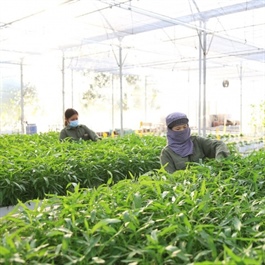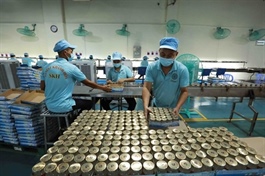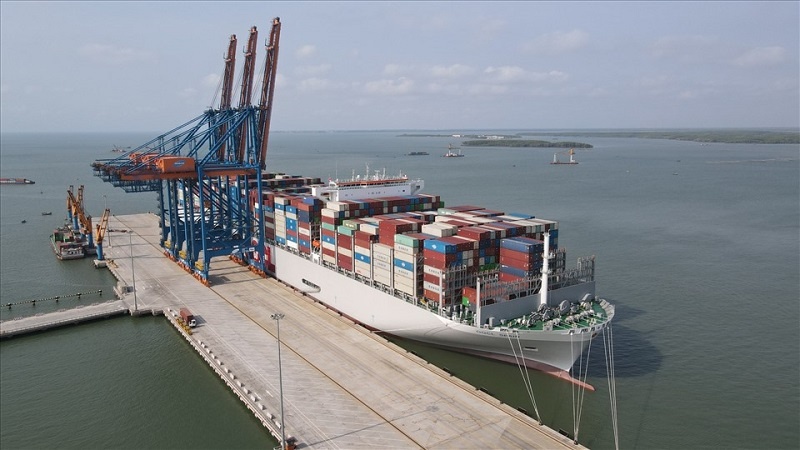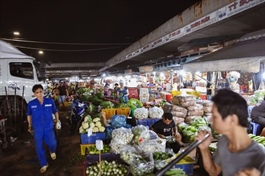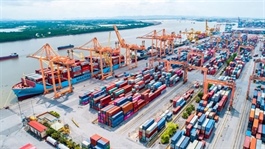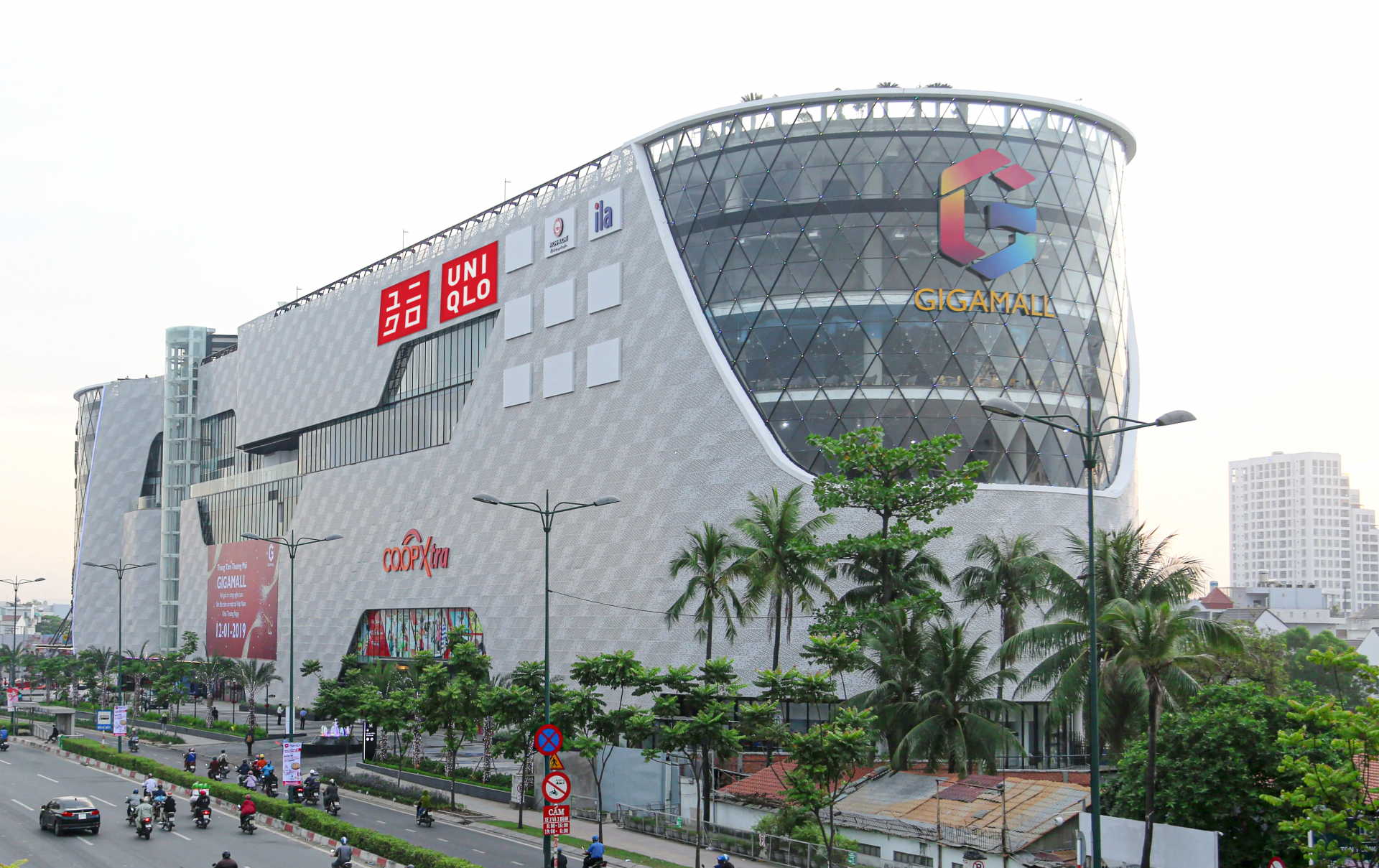Philippines sees Vietnam as key food security partner
Philippines sees Vietnam as key food security partner
Vietnam aims to become a transparent, responsible, and sustainable food supplier in the coming years.
The Philippines, which imports up to 80% of its rice from Vietnam, sees the neighboring country as a key partner in ensuring domestic food security.
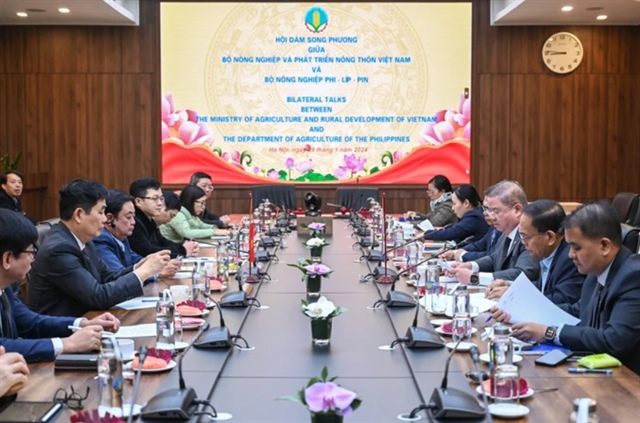
Overview of the meeting. Source: MARD |
Secretary of the Philippine Department of Agriculture Francisco Tiu Laurel, Jr. underscored this view during a meeting with the Vietnamese Minister of Agriculture and Rural Development Le Minh Hoan on January 29.
Laurel expected to learn more about how Vietnam develops high-quality rice varieties that are adaptable and resistant to adverse weather conditions such as drought, saltwater intrusion, flooding, and pests.
For his part, Minister of Agriculture and Rural Development Le Minh Hoan said Vietnam continues to maintain rice exports at the same level as in previous years in the face of steadily rising rice prices.
Rice production reached 43.5 million tons, a 1.9% increase, with a yield of 6.1 tons/ha. Exports exceeded 8 million tons of rice, valued at US$4.8 billion in 2023.
In late 2023, Vietnam successfully organized the first International Rice Festival, which connected and opened up many cooperation opportunities in the rice industry, he noted.
“With this new strategy, Vietnam aims to become a transparent, responsible, and sustainable food supplier,” said Hoan.
The recent directive from the Prime Minister of Vietnam emphasizes increasing rice production, ensuring national food security, boosting high-quality rice exports, and building a reputable national brand in the rice industry.
Vietnam's initiative to "plant one million hectares of high quality, low emission rice for green growth in the Mekong Delta by 2030" builds on the success of the rice industry over the years. The government's approval of the project was widely announced at COP 28, reaffirming Vietnam's sustainable rice brand and attracting international friends to explore it.
Also, at the meeting, Hoan expressed his hope that the Philippines would work closely with Vietnam to combat illegal, unreported, and unregulated (IUU) fishing. Based on the Memorandum of Understanding between the two governments on fisheries cooperation, he suggested that the Philippine Department of Agriculture immediately instruct relevant agencies to provide feedback on the signing of an agreement to establish a hotline and strengthen IUU management.
Having removed the IUU "yellow card" in less than a year, Laurel asserts the Philippines' readiness to share its experience with Vietnam. The Philippines emphasizes that lifting the IUU yellow card is a shared responsibility to build a sustainable ASEAN fisheries image.
To promote cooperation in agriculture, forestry, and fisheries in line with the potential of both countries, the two ministers have signed a Memorandum of Understanding between Vietnam and the Philippines. The memorandum underlines the determination to strengthen scientific and technical cooperation in the field of Agriculture and Rural Development, contributing to the bilateral relationship between the two nations.
Accordingly, units under the agriculture ministries of both countries will encourage, facilitate, and promote agricultural cooperation in high-value crop production, livestock farming, and high-value aquaculture; food and agricultural product quality control, farm management and sustainability; animal health and nutrition; geographical indications; and promote agricultural investment and trade between companies from both countries…
In 2023, Vietnam's rice exports were estimated to reach around 8.2 million tons, with a value of nearly US$4.8 billion, the highest figure since 1989 (when Vietnam began rice exports). Notably, the proportion of high-quality rice varieties from Vietnam has increased from 50% in 2015 to 74% in 2020 and currently stands at 85%. The volume of rice exports has been maintained at around 6 million tons, showing a growing trend over the years, with the export value consistently exceeding US$3 billion annually.
Regarding export markets, according to the General Department of Customs, as of the end of November 2023, ASEAN and China are the two largest markets. Exports to ASEAN reached 4.58 million tons, a 25.6% increase compared to the same period last year, while exports to China reached 896 thousand tons, up 10.9%. In total, the volume of rice exported to these two markets reached 5.48 million tons, accounting for 72% of the country's total rice exports during the same period.
Assessing the rice export results, the Vietnam Food Association (VFA) stated that in 2023, amidst unstable food security and tighter export restrictions from India and Russia, Vietnam emerged as a leading rice exporter with large quantities and a variety of high-quality rice varieties, ensuring stability for many market segments, from Asia to Europe.
The forecast for 2024 indicates continued favorable conditions for rice exports due to a global shortage of 5 million tons of rice, and India is likely to maintain restrictions on rice exports into the next year. Meanwhile, some of Vietnam's traditional rice importers, such as Indonesia and the Philippines, are increasing their rice imports. With these advantages, the VFA expects that the rice export target for 2024 will reach $5.3 billion, a nearly 13% increase compared to 2023.






